Migration Blog (16th April – 22nd April)
With spring migration in full swing, what should we be looking out for in the coming week?
Mid-April to mid-May is the peak of spring migration. With each passing day more and more birds either arrive in the UK for the breeding season or use it as part of their migration route to breeding grounds further north. Although we are in lockdown, we still want to tell you about what species are on the move and many of us can still experience the joy of spring migration and see some of these migrants from our homes or during our daily exercise. However, please ensure you keep within the government COVID-19 guidelines.
Apart from some cooler weather at the start of this week, the last seven days saw unseasonably warm temperatures and light southerly winds for many. With these settled conditions, spring migration continued unabated with an increasing variety of arrivals. As predicted the first Lesser Whitethroats, Wood Warblers, Redstarts and Whinchats arrived and these were joined by more Reed Warblers, Whitethroats, Cuckoos, Ring Ouzels and Ospreys. Some classic spring 'overshoots' also turned up, including both Hoopoe and Red-rumped Swallows. Indeed a small influx of Hoopoes occurred with over 20 birds reported from across southern Britain and Ireland and one individual reaching as far north as Scotland. Now that would be a nice bird to see on your lawn! The rarest bird, however, was a Song Sparrow, which was discovered on Fair Isle. This North American Sparrow has a history of occurring in spring and probably involves birds that reached Europe last year and have gone undetected during the winter before being seen as they migrate north. The fine weather over the last few days has not been restricted to the UK with good conditions along much of the migration routes used by birds as they move up from western Africa across the Sahara, into Northern Africa and then into Southern Europe. An example of how this weather can help birds migrating can be illustrated by the route one of our tagged Cuckoos has taken this spring. PJ the male Cuckoo took just four days to leave Western Africa, cross the Sahara and arrive in Southern Spain! You can track his progress here.

Species focus - House Martin
House Martin is one of our more familiar summer visitors and, whilst the first few begin to arrive in early April it is not until mid-April that House Martin arrivals begin in earnest. We know quite a lot about House Martins during the breeding season; they nest under our eaves, are mostly double-brooded, and in good years possibly even triple-brooded. Each nest contains around 1,000 mud pellets and is lined with feathers before the first egg of the clutch is laid. Usually 3–5 eggs are laid and incubated for around 14 days, with the chicks fledging around 25 days after hatching.
Right now is a good time to keep an eye out for House Martins, either returning to their nesting eaves, or migrating over our gardens as they make their way there, even over gardens in urban areas. The UK population is currently estimated at just under half a million pairs but has been in long-term decline, down by 72% between 1967 and 2017. Once House Martins leave the UK, through September and October, we have no idea where they go. It is one of the mysteries of migration. We know it is in sub-Saharan Africa but we don’t know precisely where.
Mid-April to mid-May is the peak time for spring migration, and with each passing day more and more birds arrive in the UK.
Weather for the week ahead
As we progress towards the weekend a low-pressure system will come up from the Bay of Biscay and bring rain to many parts to the country. This will be a relief for many gardeners if nothing else, but it will also slow migration slightly and no doubt ground a few birds until it passes. At the end of the weekend, a high-pressure system establishes itself and builds across northern Scandinavia and this will bring easterly winds to the majority of the UK. Whilst this change in wind direction is not ideal for migrating birds it will by no means put a stop to migration and if anything could push some continental migrants across the North Sea. This bit of a tailwind could see Icelandic Black-tailed Godwits (Limosa limosa islandica) depart the estuaries they have spent the winter on and head northwards towards Iceland where they will spend the summer months. These could be replaced by the continental and UK breeding race, the Continental Black-tailed Godwit (Limosa limosa limosa), which breed on wet meadows predominately in Eastern England and will be in full brick-red summer plumage.

The coming week also sees the peak in BirdTrack reporting rates for Little Ringed Plover, Ring Ouzel, Willow Warbler, Grasshopper Warbler and Wheatear. Whilst most of these will be UK breeders that are nearing the end of their migration, the Wheatears arriving at this time of year will, like the Icelandic Black-tailed Godwits, be heading even further north and west with Greenland being their ultimate destination.
These easterly winds could also bring a scarcity or two across the Channel with both Subalpine Warbler and Woodchat Shrike being likely candidates, both of which are most likely to be found at a bird observatory or a coastal location on someone's daily exercise route. For those of us away from such locations, perhaps a Hoopoe, flyover Bee-eater or White Stork are more 'realistic targets’. However, why not let our imagination run away with us for a bit and hope the recent sightings of three Black-winged Kites in Denmark could finally produce this much anticipated first for the UK... We can but dream, and oh what a lockdown bird that would make!







Share this page